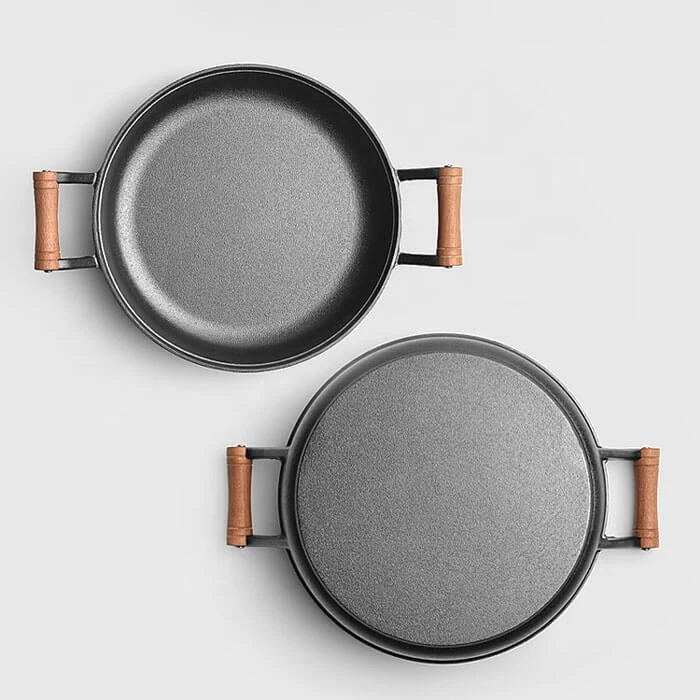
cast iron frying pan
The Versatility of Cast Iron Frying Pans
Cast iron frying pans, often hailed as a kitchen essential, have transcended generations of culinary enthusiasts. Their robust construction and ability to retain heat make them a favorite for both professional chefs and home cooks alike. While they may appear heavy and simple, cast iron pans are remarkably versatile and provide a myriad of benefits that enhance the cooking experience.
One of the most notable advantages of cast iron frying pans is their exceptional heat retention. Unlike other materials that may cool down quickly, cast iron maintains a steady temperature, allowing for even cooking. This makes them perfect for searing meats, as they create a beautiful crust that locks in flavors. Whether you’re cooking steak, chicken, or even vegetables, the consistent heat ensures that food is cooked evenly, reducing the chances of hot or cold spots.
Another key feature is the natural non-stick surface that develops over time. With proper seasoning—a process of applying oil and heating the pan—cast iron develops a slick, non-stick surface that improves with continued use. This is particularly beneficial for cooking delicate foods like eggs or pancakes, which can be challenging in traditional pans. Furthermore, the seasoning not only helps in food release but also adds a depth of flavor that enhances the overall dish.
cast iron frying pan

Durability is another hallmark of cast iron cookware. These pans can last for decades with the right care, often becoming family heirlooms passed down through generations. Unlike non-stick pans, which may need replacement every few years, cast iron can withstand the test of time. They can be used on various heat sources, including induction, gas, electric stovetops, and even open flames, making them incredibly flexible for different cooking environments.
One would be remiss not to mention the health benefits associated with cast iron frying pans. Cooking with cast iron can actually increase the iron content in your food, making it a great option for those looking to boost their dietary iron intake. This is especially beneficial for individuals with iron deficiencies or those who follow vegetarian or vegan diets.
Caring for cast iron may seem daunting, but it's quite straightforward. After use, simply clean the pan with hot water and a mild scrub brush. Avoid soap, as it can strip the seasoning. Once cleaned, dry it thoroughly and apply a light coat of oil to maintain its non-stick surface. With regular use and care, your cast iron frying pan will continue to enhance your cooking for years to come.
In conclusion, the cast iron frying pan is a staple that deserves a place in every kitchen. Its unparalleled heat retention, ability to develop a non-stick surface, durability, and health benefits make it a valuable tool for any cook. Whether you’re a novice in the kitchen or an experienced chef, investing in a high-quality cast iron frying pan can elevate your culinary creations and bring a touch of tradition to modern cooking. So, the next time you’re looking to prepare a meal, reach for your cast iron frying pan—its potential is endless, and the results are sure to delight.
-
Season Cast Iron Perfectly with GPT-4 Turbo TipsNewsAug.01,2025
-
High Quality Cast Iron Cookware - Baixiang County Zhongda MachineryNewsAug.01,2025
-
Premium Cast Iron Pan: Durable & Perfect HeatNewsAug.01,2025
-
High Quality Kitchen Durable Black Round Cast Iron Cookware Pancake Crepe Pan-Baixiang County Zhongda Machinery Manufacturing Co., Ltd.NewsAug.01,2025
-
Cast Iron Cookware - Baixiang County Zhongda Machinery | Nonstick, Heat ResistanceNewsAug.01,2025
-
High Quality Kitchen Durable Black Round Cast Iron Cookware - Baixiang County Zhongda Machinery | Non-Stick, Heat Retention, DurableNewsJul.31,2025


